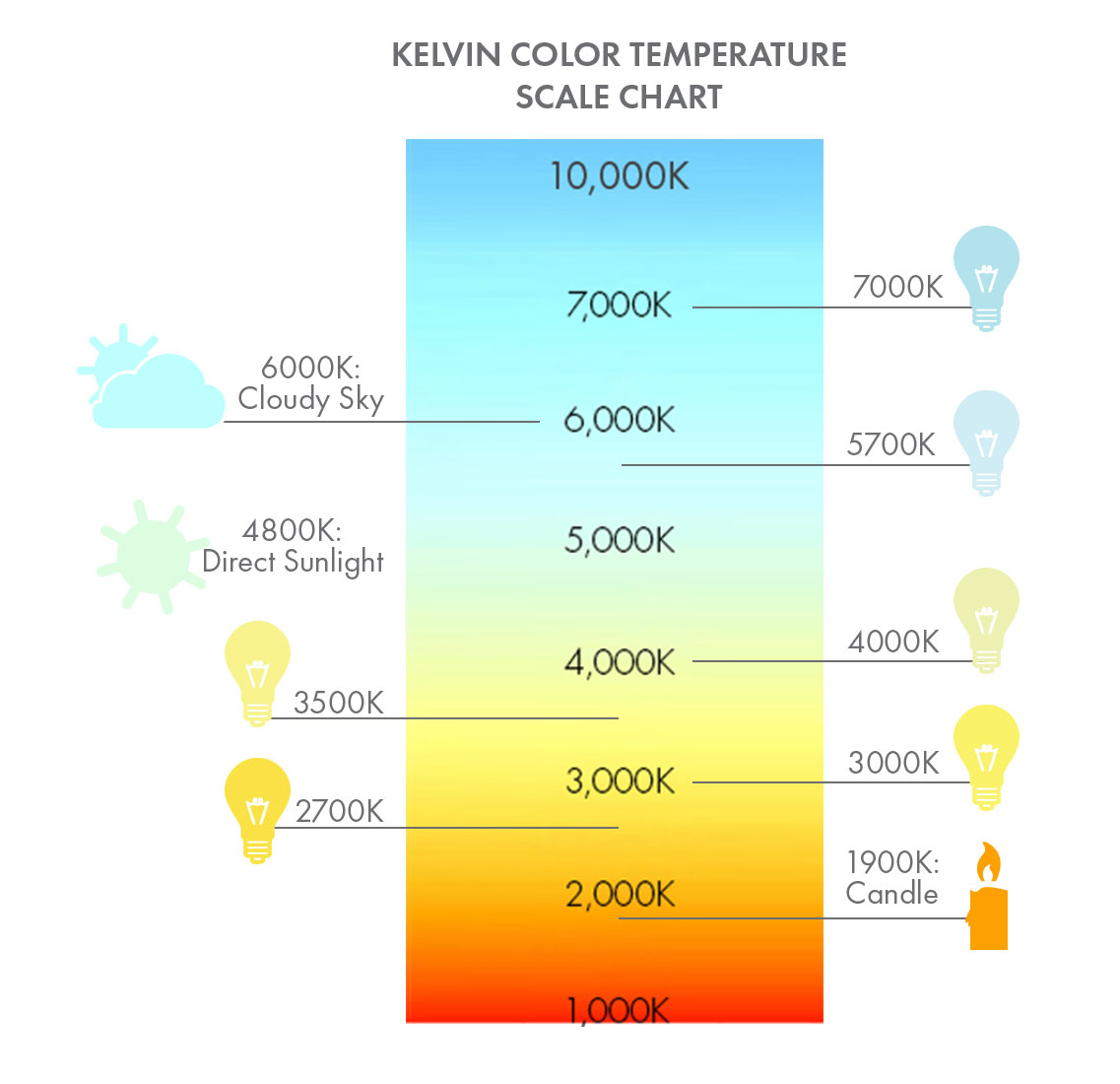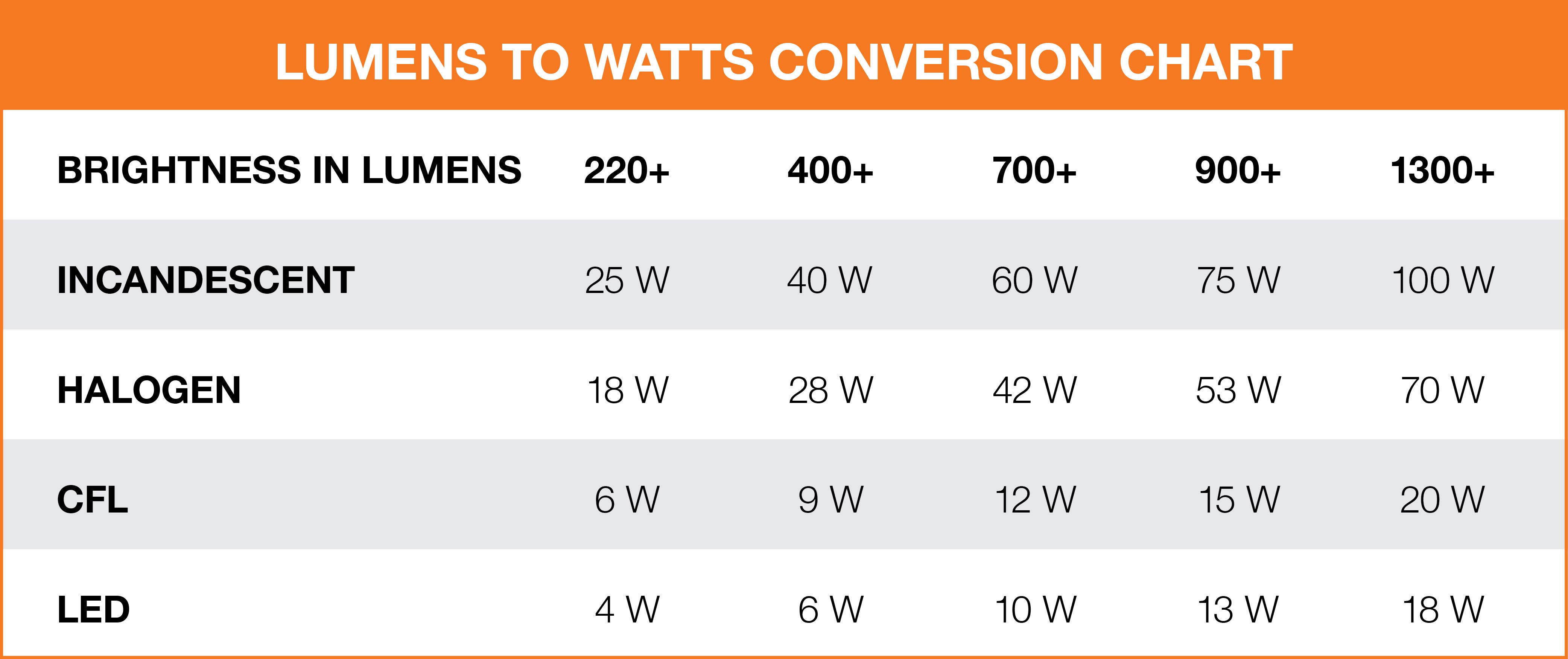
Introduction
When it comes to choosing the right lighting for your home or workspace, it's essential to understand the technical terms and measurements associated with lighting. Lumens, watts, and color temperature are three key factors to consider when selecting the perfect lighting solution. In this article, we will delve into the world of lighting lingo and explore what these terms mean, how they impact your lighting choices, and why they matter in creating the desired ambiance and functionality.
Lumens: Shedding Light on Brightness

Lumens are a measure of brightness, and understanding this unit is crucial when selecting the appropriate lighting for your needs. In simple terms, lumens measure the total amount of visible light emitted by a light source. The higher the number of lumens, the brighter the light.
For example, a traditional incandescent light bulb might emit around 800 lumens, while an LED light bulb with the same brightness could emit only 60-100 lumens. This significant difference in efficiency is one of the reasons why LED bulbs have become increasingly popular in recent years.
It's important to note that lumens measure the total light output, regardless of its direction. This means that a light bulb with a wide beam angle will distribute its lumens over a larger area, resulting in a less intense brightness than a light bulb with a narrow beam angle.
When choosing lighting for different areas of your home, consider the desired brightness level. For task-oriented spaces like kitchens or offices, higher lumens are typically preferred to ensure ample illumination. On the other hand, for areas where a cozy and relaxed ambiance is desired, lower lumens can create a warm and inviting atmosphere.
The Lumen Scale
Understanding the lumen scale can be helpful in determining the appropriate lighting for various settings. Here is a general guide:
- Less than 450 lumens: Suitable for accent lighting or decorative purposes.
- 450-800 lumens: Ideal for ambient lighting in small rooms or as supplementary lighting in larger spaces.
- 800-1,600 lumens: Provides sufficient brightness for general lighting in most residential areas.
- 1,600 lumens and above: Suitable for areas that require extra bright lighting, such as garages or outdoor spaces.
Watts: From Power Consumption to Efficiency

Watts, often abbreviated as "W," measure the amount of power consumed by a light source. In the past, watts were used as the primary measurement for determining the brightness of a light bulb. However, with the introduction of more energy-efficient lighting options, such as LEDs, watts are no longer an accurate indicator of brightness.
While watts and lumens are related, they measure different aspects of lighting. Watts indicate the energy consumed by a light bulb, while lumens represent the light output. As a result, two bulbs with the same wattage can have significantly different brightness levels if they use different technologies.
For example, a traditional incandescent bulb might consume 60 watts to produce a certain level of brightness, while an LED bulb could achieve the same level of brightness with only 10 watts. This significant difference in power consumption demonstrates the efficiency of LED lighting, which can help reduce energy costs and environmental impact.
When shopping for light bulbs, it's important to consider both lumens and watts to ensure you choose the right balance between brightness and energy efficiency. Manufacturers typically provide information on the packaging or product specifications that indicate the equivalent incandescent wattage for LED bulbs, making it easier for consumers to make informed decisions.
Color Temperature: Setting the Mood

Color temperature, measured in Kelvin (K), refers to the appearance of light emitted by a light source. It determines whether the light appears warm or cool and plays a crucial role in creating the desired ambiance in a space.
Color temperature is often associated with different lighting scenarios and their respective characteristics:
- Warm White (2,700-3,000K): Creates a cozy and inviting atmosphere, ideal for living rooms, bedrooms, and dining areas.
- Neutral White (3,500-4,000K): Provides a balanced light that is neither too warm nor too cool, suitable for offices, retail spaces, and kitchens.
- Cool White (4,500-6,500K): Produces a bright and energizing light, perfect for task-oriented areas like garages, workshops, or outdoor spaces.
It's important to note that color temperature is a personal preference and can vary depending on the intended use of the space. Some individuals may prefer a warmer light for their workspace, while others may find a cooler light more conducive to productivity.
Choosing the Right Lighting: Putting it All Together

Now that we have explored lumens, watts, and color temperature, let's discuss how to choose the right lighting for your specific needs:
Consider the Purpose of the Room
Start by considering the function of the room. Is it a space for relaxation, work, or socializing? Different activities require varying levels of brightness and ambiance. For example, a dimmer, warmer light may be more suitable for a bedroom, while a brighter, cooler light may be preferable for a home office.
Calculate the Required Lumens
Determine the appropriate level of brightness by calculating the required lumens for the space. Consider the size of the room and the specific tasks performed in it. A kitchen, for instance, may require higher lumens for efficient food preparation, while a hallway may only need lower lumens for safe navigation.
Balance Brightness and Efficiency
Take into account the energy efficiency of different lighting options. LED bulbs have a reputation for being highly efficient, providing bright light while consuming minimal energy. Although they may have a higher upfront cost, LED bulbs can result in long-term savings through reduced energy consumption and longer lifespan.
Experiment with Color Temperature
Try out different color temperatures to find the one that suits your preferences and needs. Consider the overall style and color scheme of the room when selecting the color temperature. Warm white may enhance warm-toned decor, while cool white can complement a modern, minimalist aesthetic.
Summary
Lumens, watts, and color temperature are crucial factors to consider when selecting lighting for your home or workspace. Lumens determine the brightness of a light source, watts indicate the power consumption and energy efficiency, while color temperature sets the mood and ambiance. By understanding these terms and their implications, you can make informed decisions that result in the perfect lighting solution for any space. So, next time you're shopping for light bulbs or fixtures, remember to consider lumens, watts, and color temperature to create the ideal lighting environment.